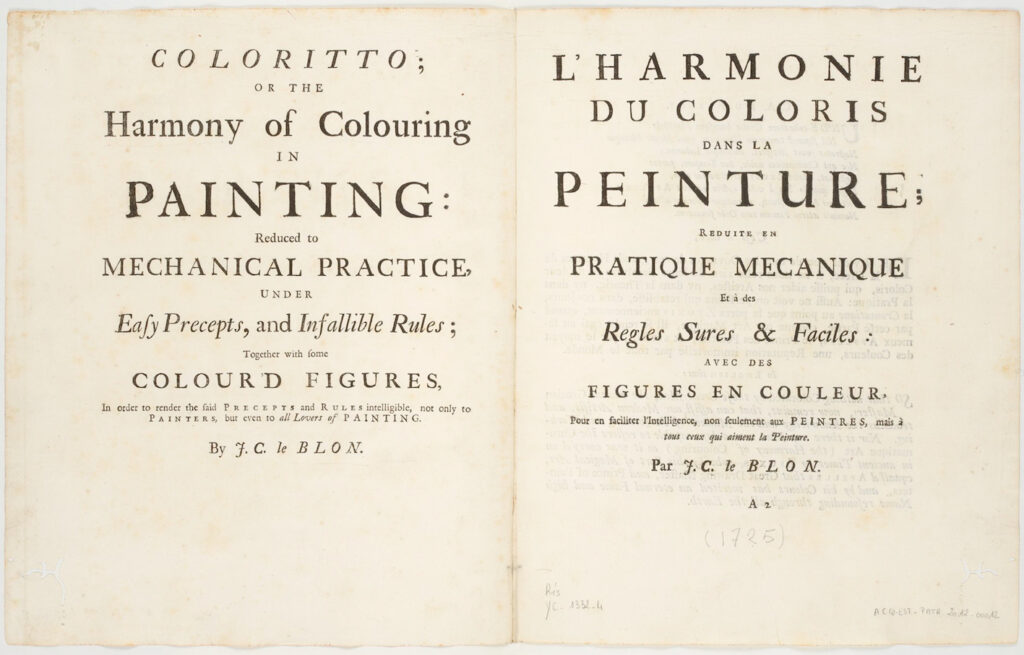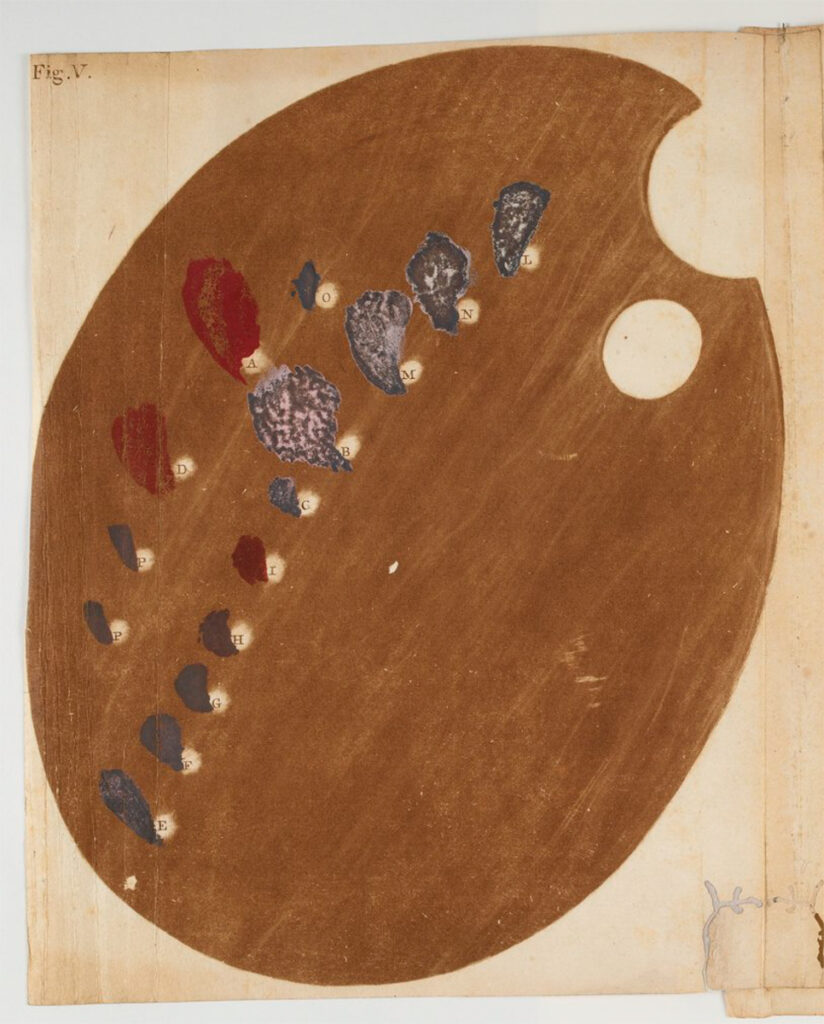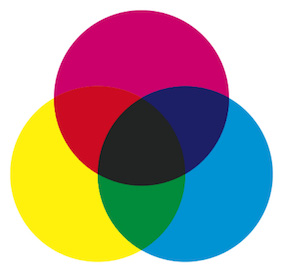The invention story of the 3-color printing and key color – Jacob Christoph Le Blon
Jakob Christof Le Blon, French Jacques-Christophe Le Blond, Jakob Christof, also known as Jacob Christoph, (May 23, 1667, Frankfurt am Main—died May 15, 1741, Paris), German-born (EU) painter and engraver who was the initial phase for the use of various metal plates (each for a different color) for creating prints with continuous gradations of colour. And that color separation theory established the foundation for modern colour printing.
Three color printing
Jacob Christopher Le Blon (1667–1741) developed the first method of color printing using three fundamental colors: red, yellow, and blue. In his treatise, Coloritto, Or the Harmony of Colouring in Painting, he propounds a theory of advantage to students and professionals alike.
White and Black color – Representations
Le Blon defines white as a compound of the primitive impalpable colors and black as a similar compound of the palpable. The original painting, he says, describes
- Light by white, and shade by black, reflections by yellow, and turning-off or rounding objects by blue.
- Such is the outline of the concise and perspicuous theory of Le Blon, which, however lacking or defective, verges upon the truth and simplicity of nature.
Coloritto—or the Harmony of Colouring, is the Art of Mixing COLOURS. Link here

Painting Color – Information
To reproduce naturally, in all Degrees of painted Light and Shade, the same FLESH, or the Colours of any other Object, is expressed in the actual or pure Light.
Painting can describe all evident Objects, with three Colours, Yellow, Red, and Blue; sort can form all additional Colours of these three, which I call Primitive; for Example.

Yellow and Red make an Orange Colour.
Red and Blue make a Purple and Violet Colour.
Blue and Yellow make a Green Colour.
Meaning of the Black color
And a Mixture of these Three Original Colours makes a Black, and all other Colours whatsoever; as I have demonstrated by my Invention of Printing Pictures and Figures with their natural Colours.
White is a Concentrating or an Overload of Lights.
Black is a deep Hiding or Privation of Lights.
But both are the result of all the Primitive Colours compounded or mixed, the one by Impalpable Colours and the other by Material Colours.
True PAINTING represents
1. Light by White.
2. Shades by Black.
3. Reflexions by Yellow
4. Turnings by Blue.
Key Color
Being a painter, he knows the subtractive color theory (CMYK color) and other color preparation with CMY hues. Initially tried with Cyan, magenta, and yellow to make the black colors and then found a missing the exact black color hue in the picture. Because the mixture of Cyan, magenta, and Yellow makes the grey gradation, not the actual black.
On the next try, he further added another color plate with three colors and name as a key color, i.e., black color. Key color represents the main gradation for all the color hues. So, today we called with the name of CMYK color subtractive theory.

That’s why “K” means key or black color and invention of the black color plate with the CMY plate.
References
Le Blon, J.C. 1725. Coloritto, Or, The Harmony of Colouring in Painting: Reduced to Mechanical Practice, Under Easy Precepts and Infallible Rules, Together with Some Colour’d Figured, to Render the Said Precepts and Rules Intelligible Not Only to Painters But Even to All Lovers of Painting, Publisher not identified, Digital facsimile of the book from the Linda Hall Library: http://lhldigital.lindahall.org/cdm/ref/collection/color/id/23168
Jacob Christoph Le Blon or Jakob Christoffel Le Blon (May 2, 1667–May 16, 1741) was a painter and engraver from Frankfurt who invented three-color printing systems RYBK color model similar to the modern CMYK system. He used the mezzotint method to engrave three or four metal plates (one each per printing ink) to make prints with a wide range of colors. His plans helped form the foundation for modern color printing.
“Systeme Practique des Couleurs du Sr. Gautier,” Mercure de France, no. 1008 (July 1749), after page 168.
Jacques Fabien Gautier d’Agoty (1716–1785) was a French anatomist, painter and printmaker. D’Agoty was born in Marseille and became a pupil of the painter and engraver Jacob Christoph Le Blon. He became a rival for the invention of a color-printing method based on etching and mezzotint engraving. He later exploited this process with his four sons: significantly, he published a journal that included color-printed images.
Read More Article
A sweet story of recycle logo and plastic
Have you imagined why 20gauge is thinner than 16gauge in metal but opposite in plastic film?






